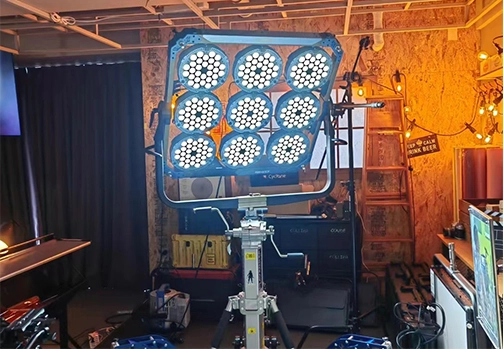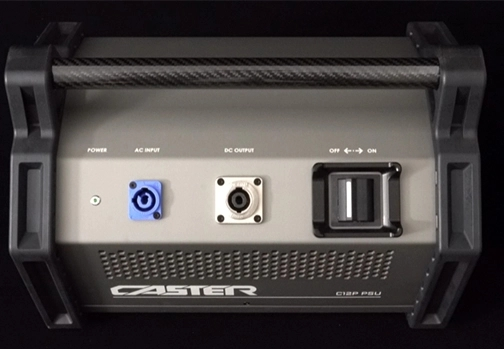Film lights are lighting and effect lamps used in film production in order to achieve specific artistic effects and meet the needs of film sensitivity. And the development of film light and film lighting sources are closely related and promote each other. There are also many functions of film light. Let's take a look at the functions of this lighting.
1. Global tone of film light
In most cases, we want the image to have a full range of tones from black to white. There are some exceptions, of course, but generally speaking, an image with a wide range of tones and subtle tonal transitions is more pleasing, believable, and more impactful.
In video and high-definition video, a correct test chart is key to ensuring that the camera is able to achieve this result - ensuring that your camera settings are able to capture the full range of tones in the image. That is, black in your image is pure black, and white in your image is pure white. There is a smooth gray transition between black and white, and every slight grayscale change is visible.
Of course, this may not be the effect you want to shoot, and of course it is not a purpose of existence - it is a reference value, a reference value that you can restore the equipment settings from time to time, and it is also a standard to evaluate your camera settings, even lighting. From here you have an accepted starting point from which to start shooting the effect you want.
2. The film lighting color control and balance
There are two aspects to this concept, the color of the light and the camera. Color balance is about adjusting the camera to the lighting conditions (or in a movie, choosing the right film or the right filter), while color control is about adjusting the lighting using different lighting equipment and different light filters.
Now, due to the development of cameras, the improvement of film quality, and most importantly changes in the visual taste of the audience, it is common practice to mix a little and even a lot of other color light sources in a scene. When choosing a LED cinema light source color, you need to pay close attention to exposure, color balance, filtering, correct development (film) and correct camera settings. Color control is also important in establishing the mood of the scene and the tone of the film.
3. Film lighting separation
Separation means making the subject stand out from the background. A common technique is backlighting, and another technique is to make the background behind the subject much darker or brighter than the subject. Since our job is to make the image as close to 3D as possible, we strive to create foreground, mid-ground and background in one shot, and separation is an important part of that.
4. Depth of field of film light
As images, film movies and high-definition movies are just flat, rectangular images that are two-dimensional media. And a big part of a photographer's and director's job is trying to make this flat art look as three-dimensional as possible—giving it depth, shape, and angles, and making it as close as possible to a living scene in the real world.
Film lighting plays a very important role in this, shot selection, layout, camera movement, set design, color and other techniques all play a role, but film lighting is the main driving force in this goal.
The texture is the same as the shape. Lighting from the center axis of the lens (the light from the front) will make the texture on the surface of the material appear blurred, in fact, the reason is very simple: the texture is seen from the shadow on the surface of the object. The light coming from the camera will not cast shadows on the surface, and the more light coming from the side, the more shadows will be cast, which can accentuate the texture of the material. Texture can also be expressed through the light itself.
5. Film lighting exposure
With cinema lighting, it's not difficult to get enough light to illuminate a scene to expose it, the key is getting it right. Of course this is the gaffer's job, but don't forget it's also an important video production and storytelling tool. Most of the time you just want nominally correct exposure.
Another aspect of exposure is the balance of the picture, and film and video only allow a certain range of brightness. Keeping the lights in this range in your films and videos is much of the gaffer's job. Furthermore, the control of cinema lighting within an acceptable range is not just a technical job. The balance of lighting can affect the mood, tone, style and overall look of a scene.
 English
English 日本語
日本語 한국어
한국어 Español
Español italiano
italiano العربية
العربية






